Sister school visits are coming back to SSES
Sister schools visits will resume at Saint Stephen’s during the ’22-’23 school year. Here’s all you need to know.
Globe showcasing various flags belonging to different counties around the world.
May 2, 2022
Saint Stephen’s has enjoyed a significant international student population for decades and is always looking for new ways and opportunities for students to expand their global perspectives.
Global education is a fundamental part of the SSES community, and while it has always existed, the school’s global outreach program largely took off in 2007 with a relationship with Lugalo Primary School in Tanzania. This relationship expanded over the next 15 years to 40 connections with schools in 20 different countries. Eight of these schools (located in Tanzania, China, Japan, Honduras, Argentina, Denmark, Spain, and the Netherlands) are considered Saint Stephen’s “Sister Schools.”
Every year, as a school we schedule time and events to connect with these sister schools, often through video conferencing, virtual activities, and even international exchanges. The in-person student exchange visits, before Covid 19, were becoming more and more prominent. Students became used to traveling to sister schools or receiving visitors every year. They were becoming part of the fabric of our school.
In recent years we have hosted students from Denmark, Spain, Japan, Nicaragua, and Tanzania, among others. Fortunately, with the resumption of normal life on campus, next year we’ll begin again with the exchanges, with the idea of hosting 1-2 visits in the 2022-23 school year.
To find out what is happening with our sister school visits for next year, I interviewed Upper school math teacher Mrs. Cotton and Director of Global Education Mrs. Hamrbick.
One of the biggest benefits of our exchange program is how it takes learning to the next level. “Anyone can take a tour of another country, but the best way to authentically learn about and experience another country or culture is by living and breathing the normal everyday life,” Mrs. Hambrick said.
Mrs. Cotton agreed, adding that “students have a chance to see what life is like in a completely different setting from what they are used to.”
When one grows up only experiencing one specific way of life, it can be difficult to understand other cultures, especially when it greatly differs from one’s own.
Mrs. Hambrick explained that when getting to know others around the world it is easy to have a judgmental mindset and even think their differences are “strange” or “weird.” According to Hambrick, it’s through having conversations and truly connecting with others that “you start to realize that your upbringing, your culture, your family life has so much influence on how you approach things on a daily basis and those differences start to make sense and don’t seem so different after all.”
Due to the unfortunate effects of the pandemic, “COVID crippled a lot of other countries’ economies, so at the moment many schools cannot afford to travel,” Mrs. Cotton said.
Luckily, there is one school that is able to come to visit. Eisbjerghus International School is one of our closest sister schools, located in Nørre Aaby, Denmark. This school participated in an exchange with SSES back in 2019, when I was fortunate enough to be a host for one of the visiting Dutch students.
I applied to be a host for two main reasons, 1. To learn more about Denmark, especially since I myself am Swedish and I was curious about any parallels that existed between our European cultures and 2. Because my sister had gone off to college and we had an extra room.
My exchange student’s name was Mathilde, and hosting her was one of the greatest experiences of my high school life. We connected instantly, which tends to happen when you spend all 24 hours of the day with someone, went on many adventures, and overall became like sisters in the time we spent together.

Because of my wonderful personal experience, I strongly urge anyone interested in hosting to do so. An advantage of hosting students is also that you’ll have the opportunity to visit them at their school when Saint Stephen’s offers that exchange. “Spots will first be given to students who are willing to host our exchange students,” Mrs. Cotton said.
A quick summary, given by Mrs. Cotton, of what a week of hosting a student looks like is this: “Your buddy will come to school with you and shadow you for a day, and then (usually the rest of the time), we have other activities planned for them throughout other divisions. On the weekends or during the evenings, you may take your buddy to your favorite places around town to show them what it’s like to live your life.”
Saint Stephen’s connection to our sister schools truly is something very special about our educational program. Mrs. Cotton claims that it “can further a student’s global perspective and overall understanding/empathy or another person’s culture/background,” as well as help us become more connected, knowledgeable, and cultured global citizens.
If you are interested in hosting a student next year, reach out to Mrs. Cotton or Mrs. Hambrick at [email protected] or [email protected]


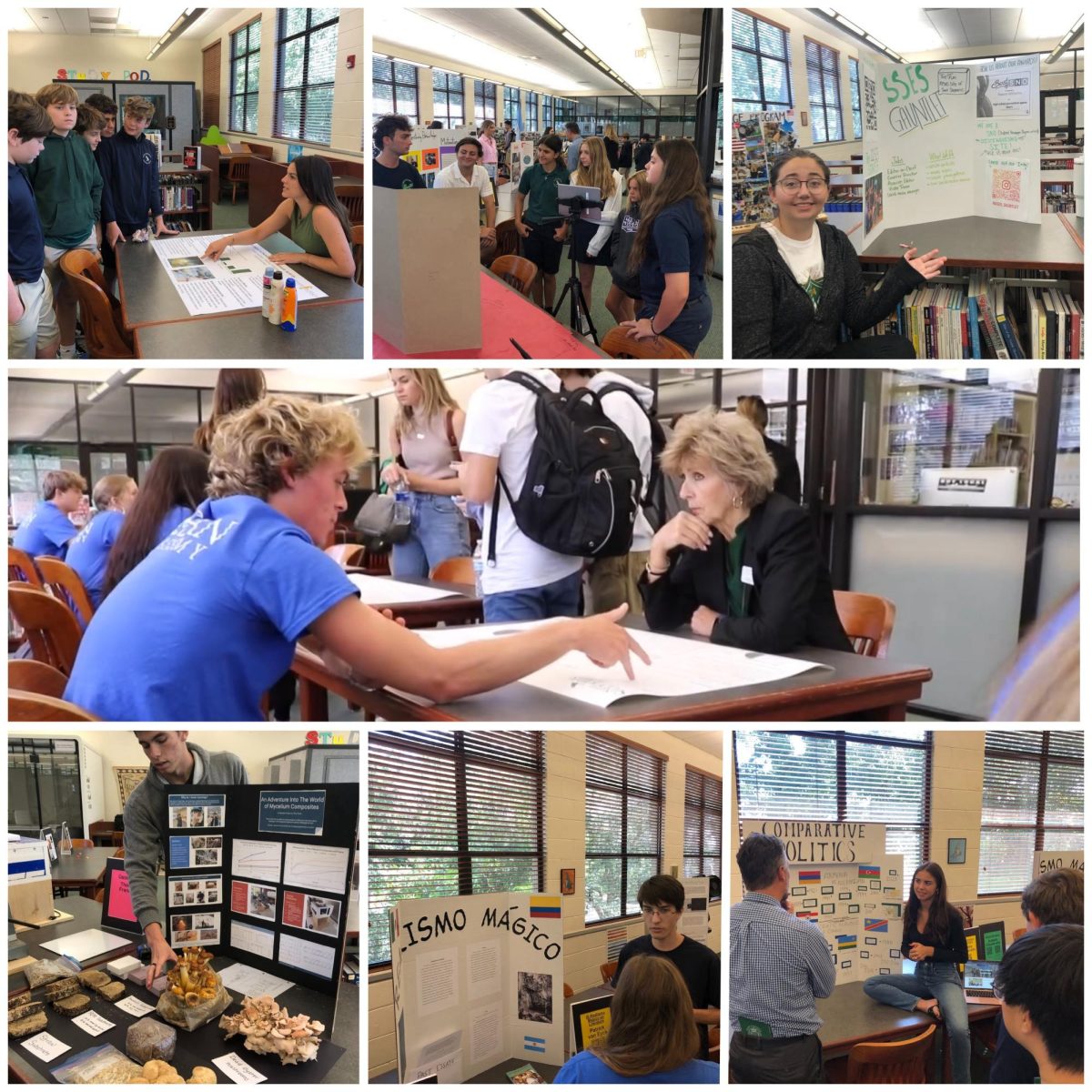
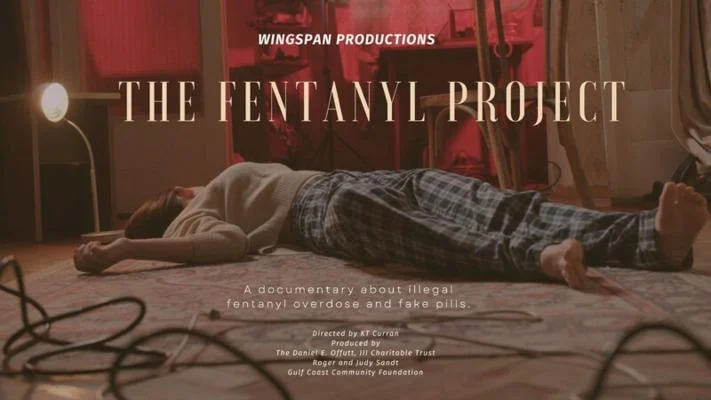
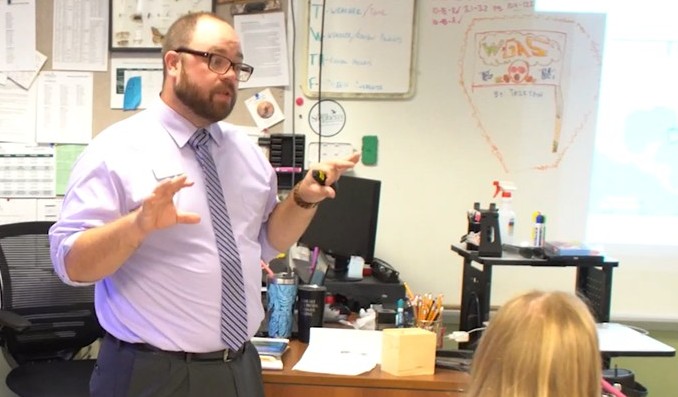

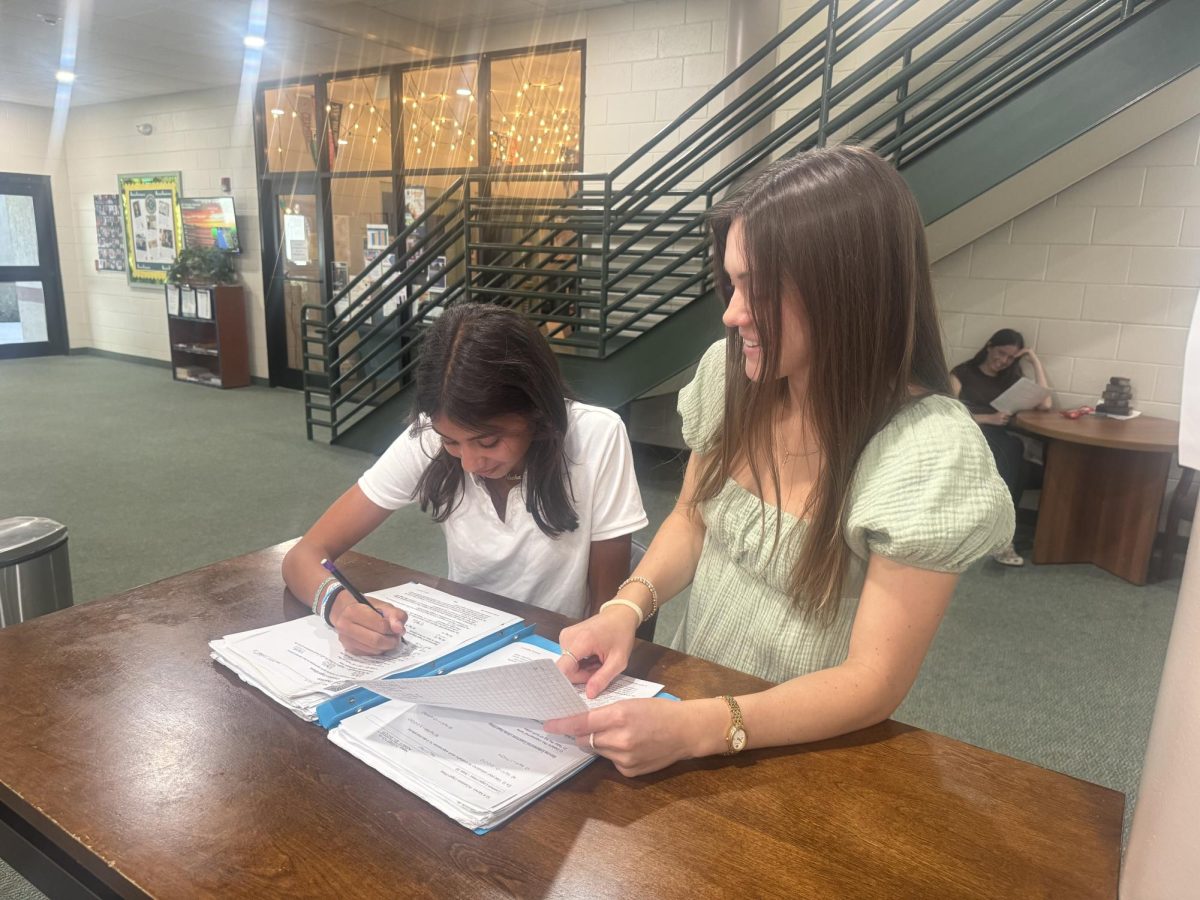
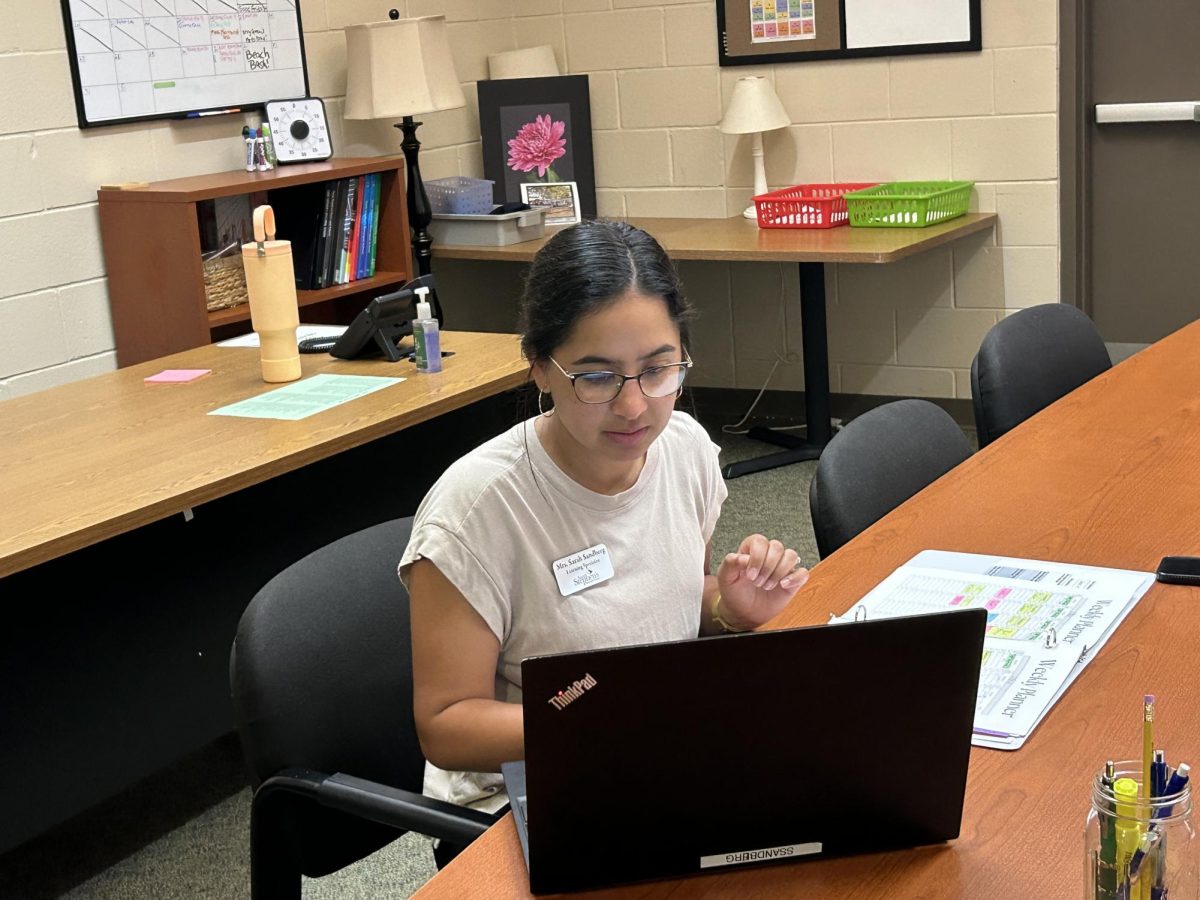








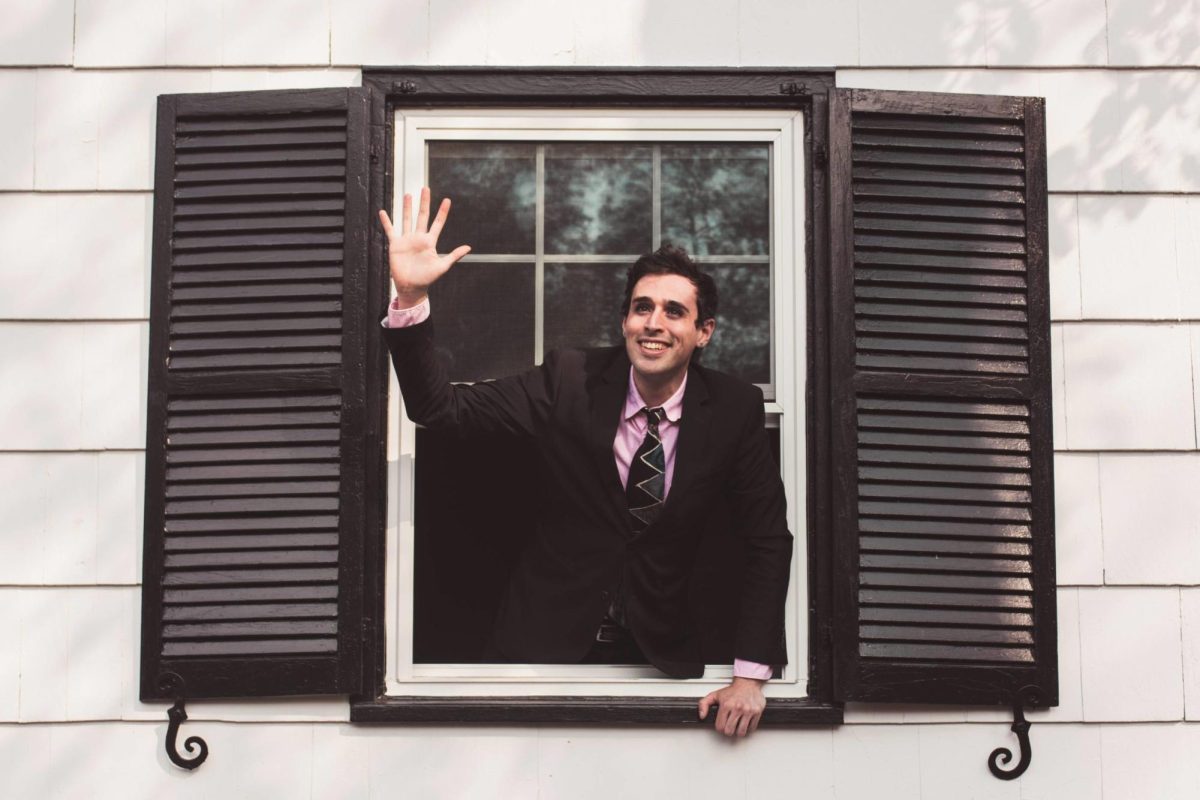



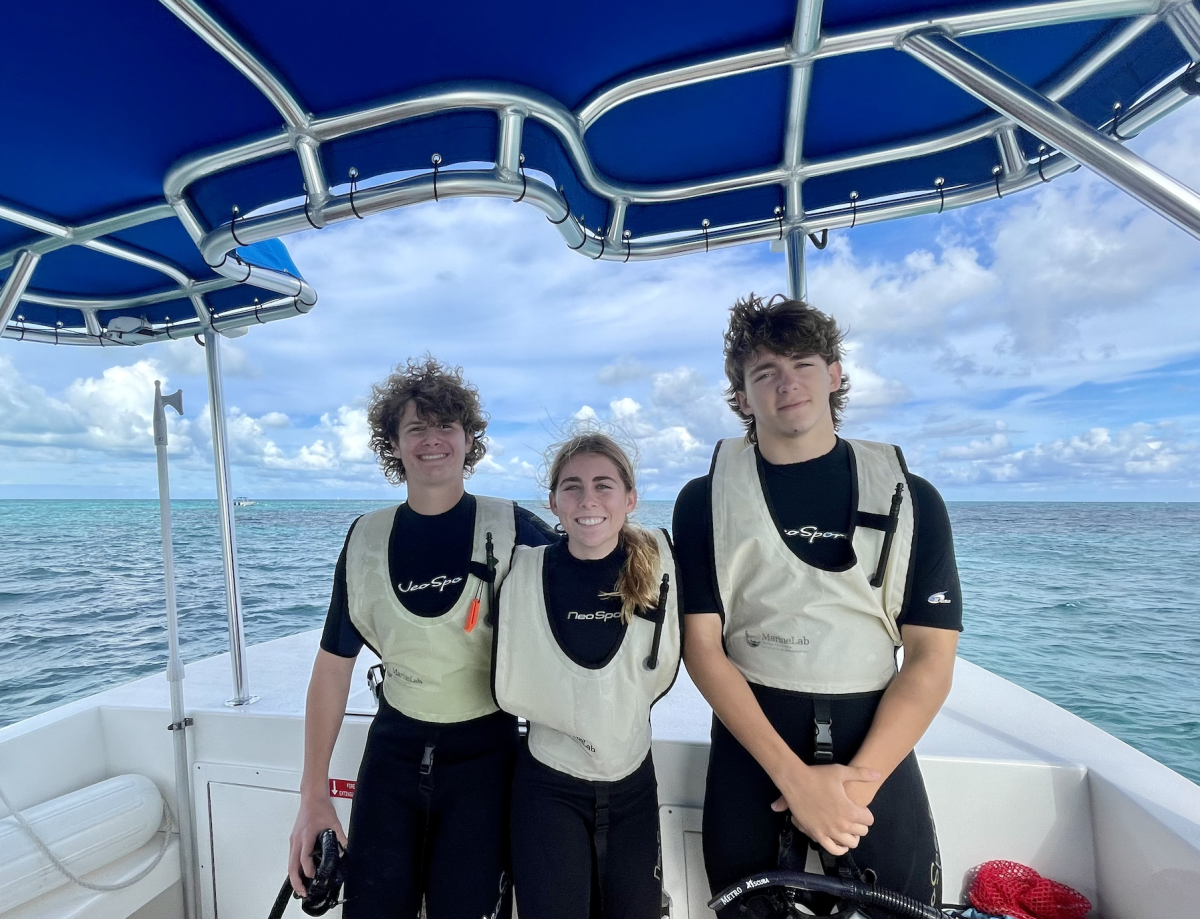


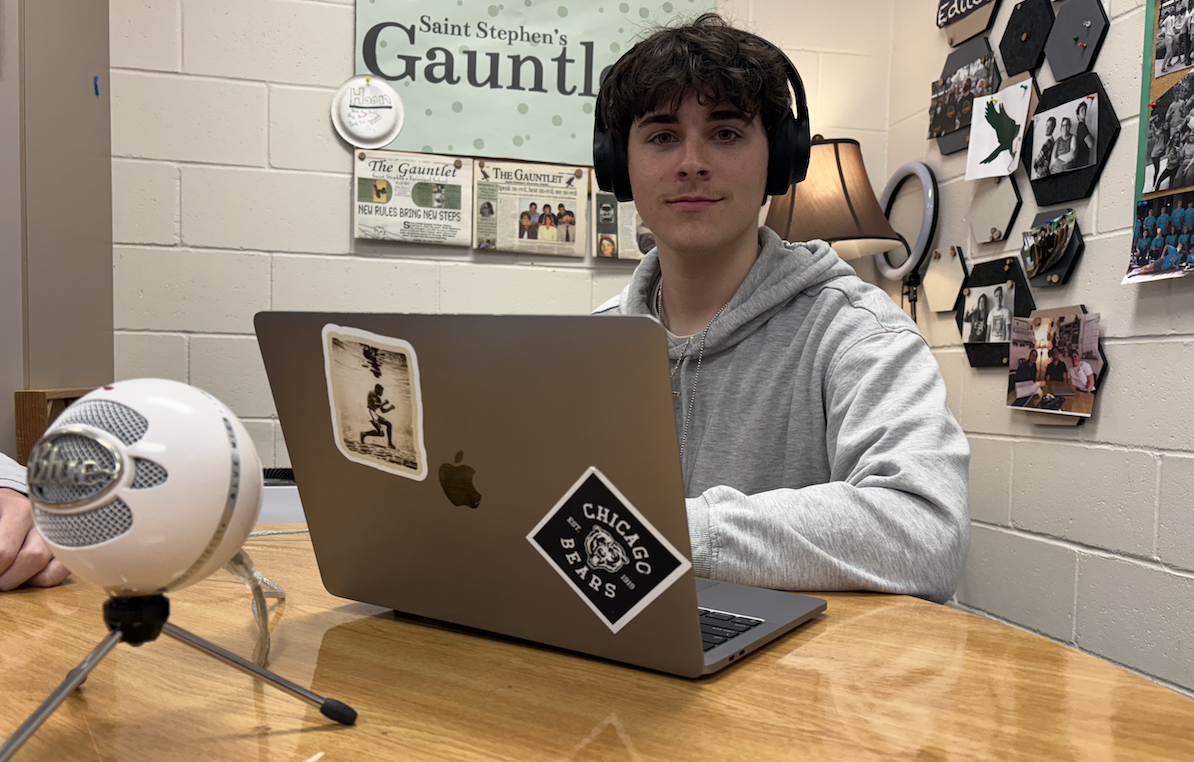


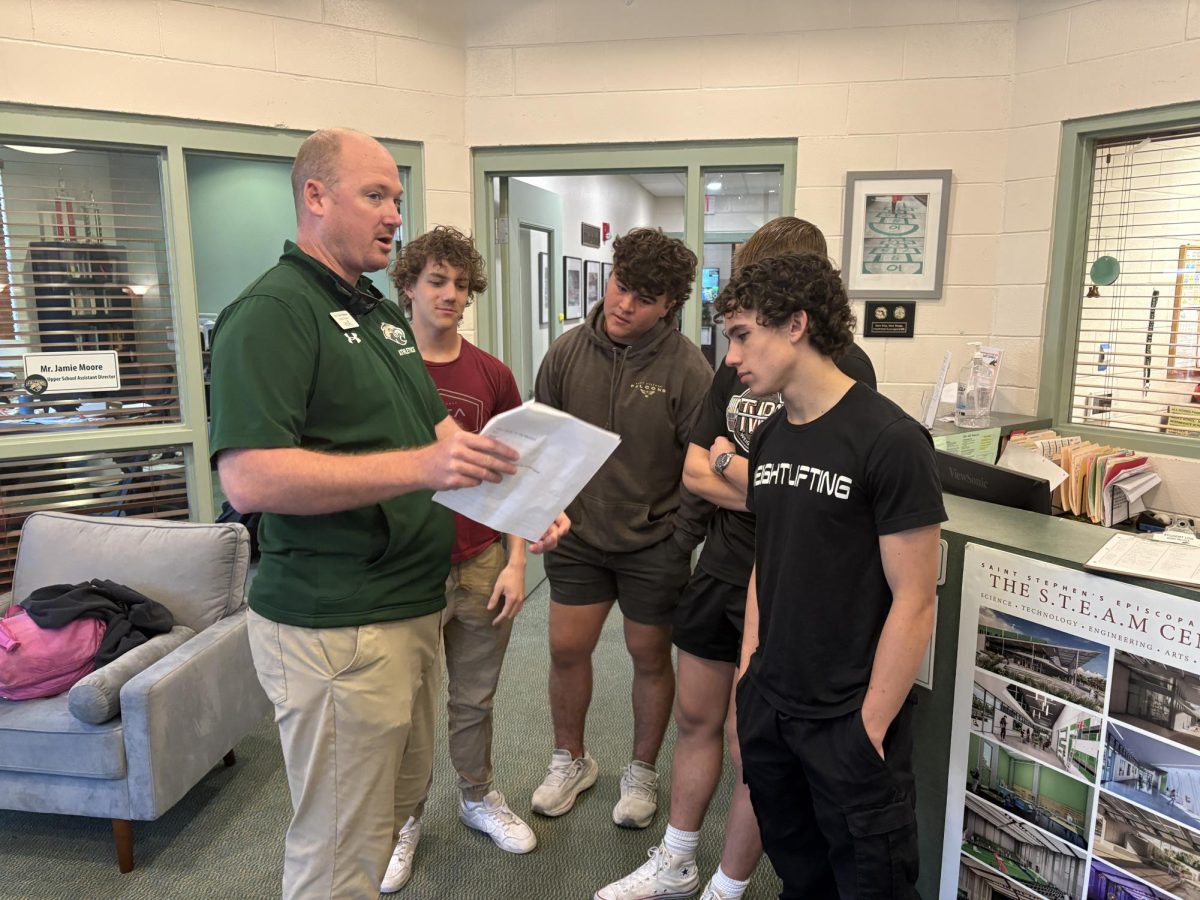


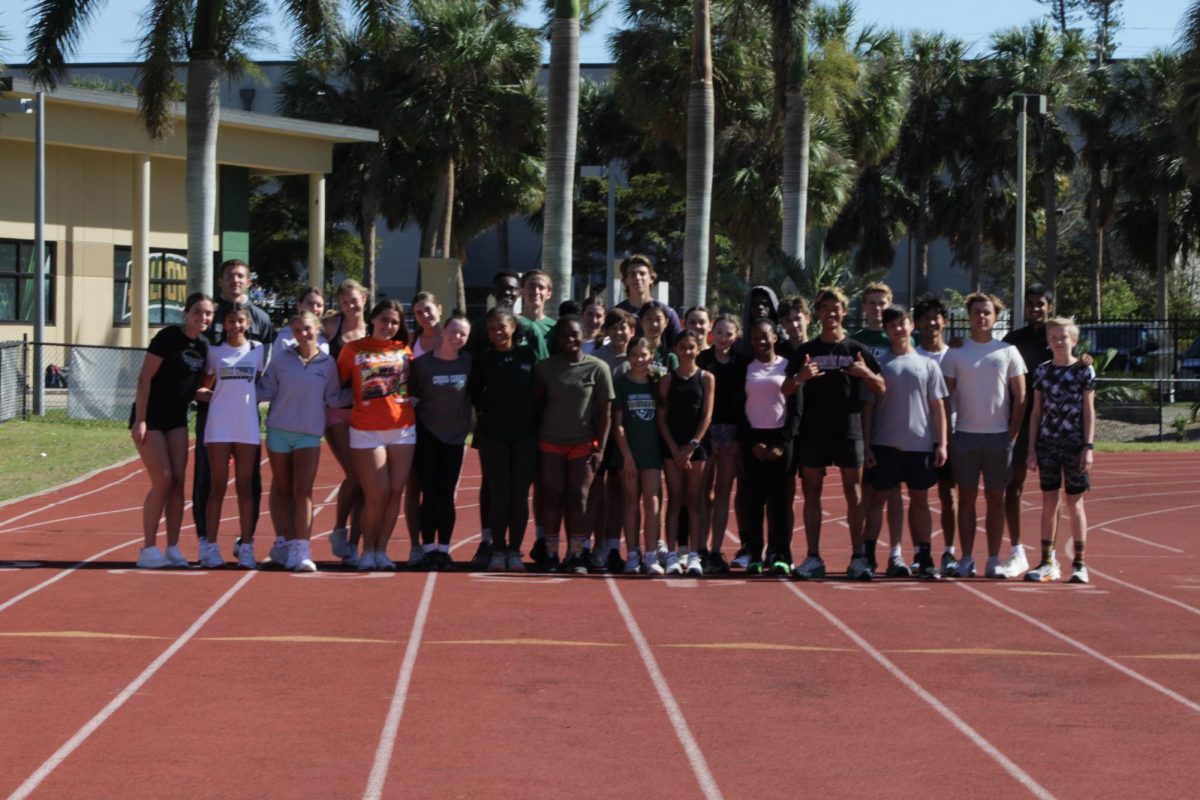
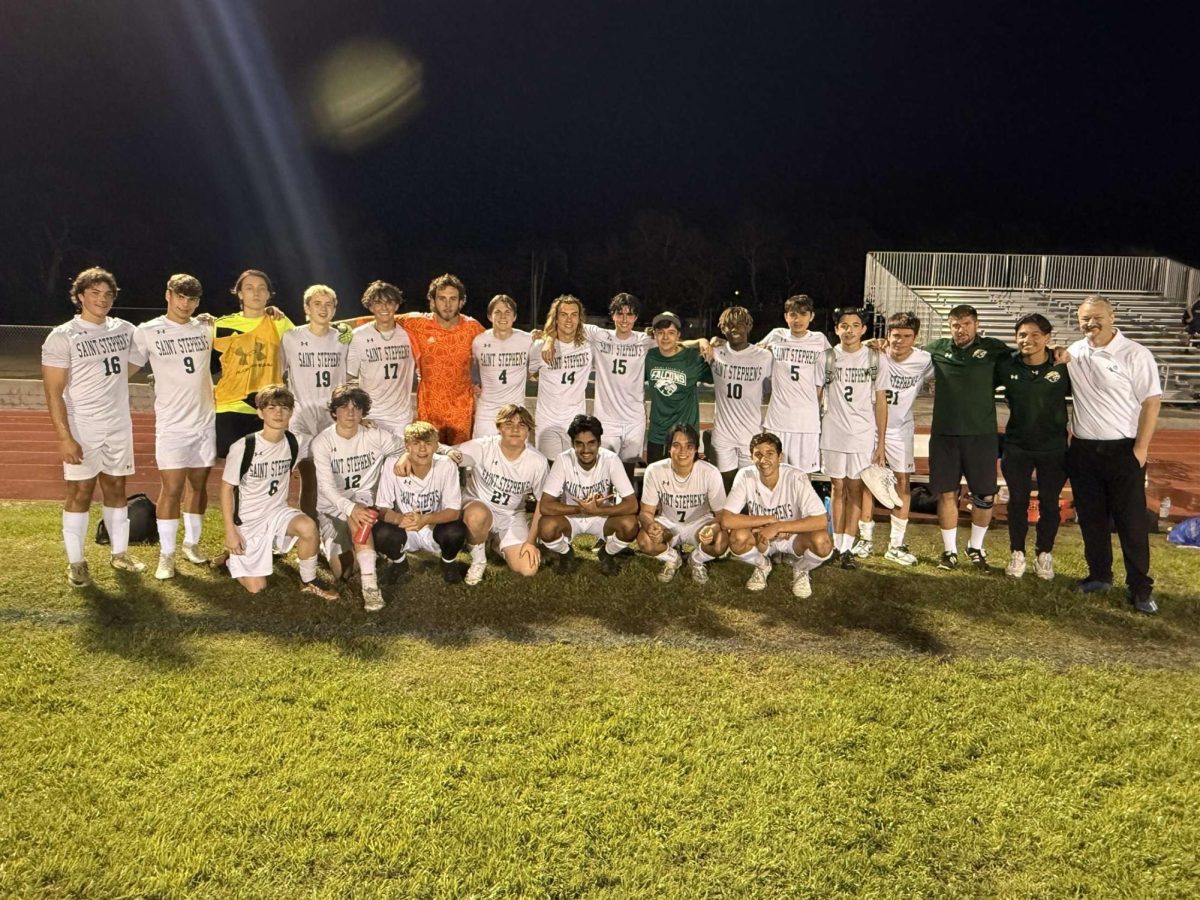
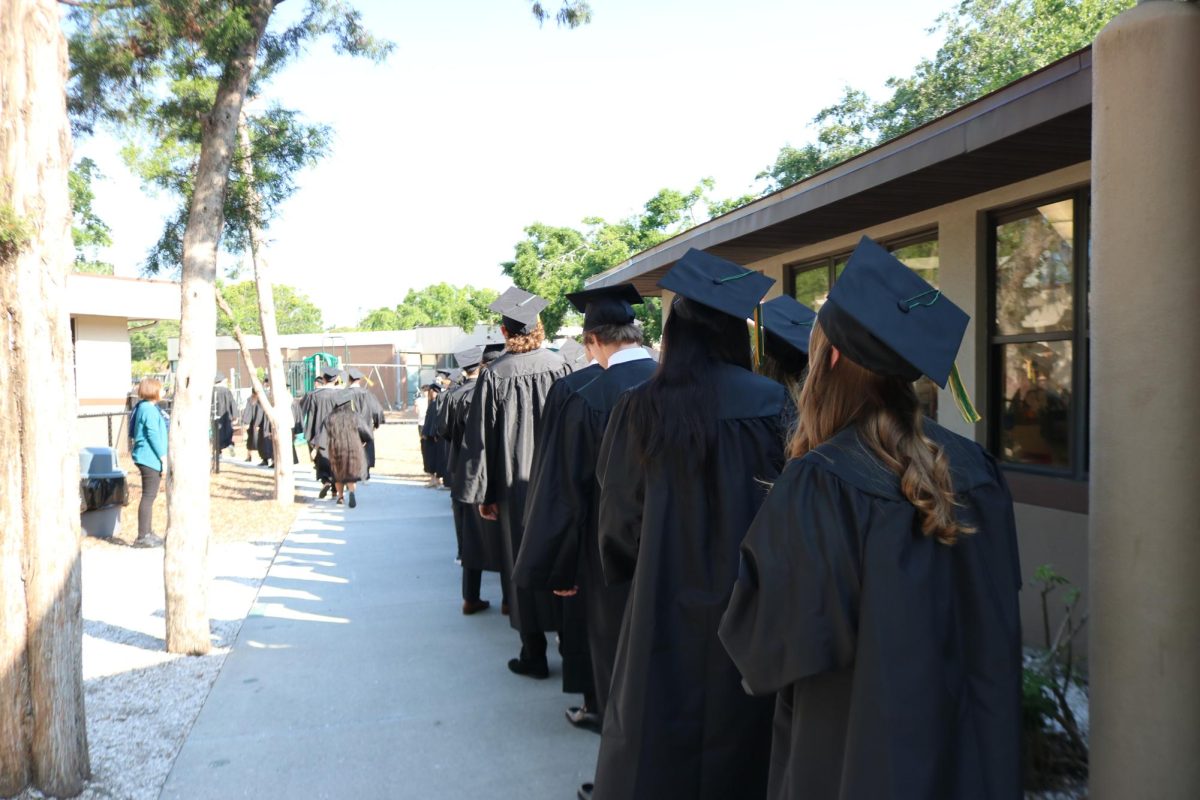
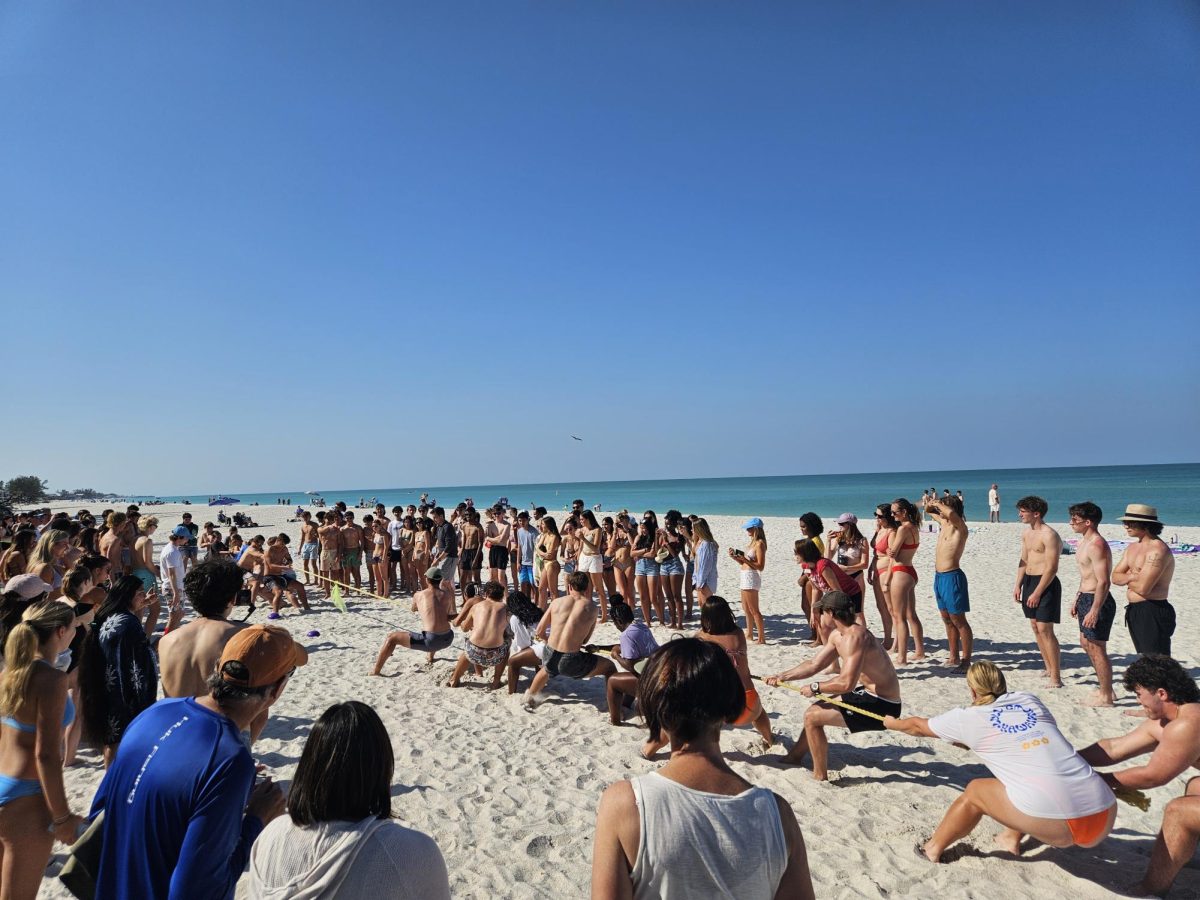









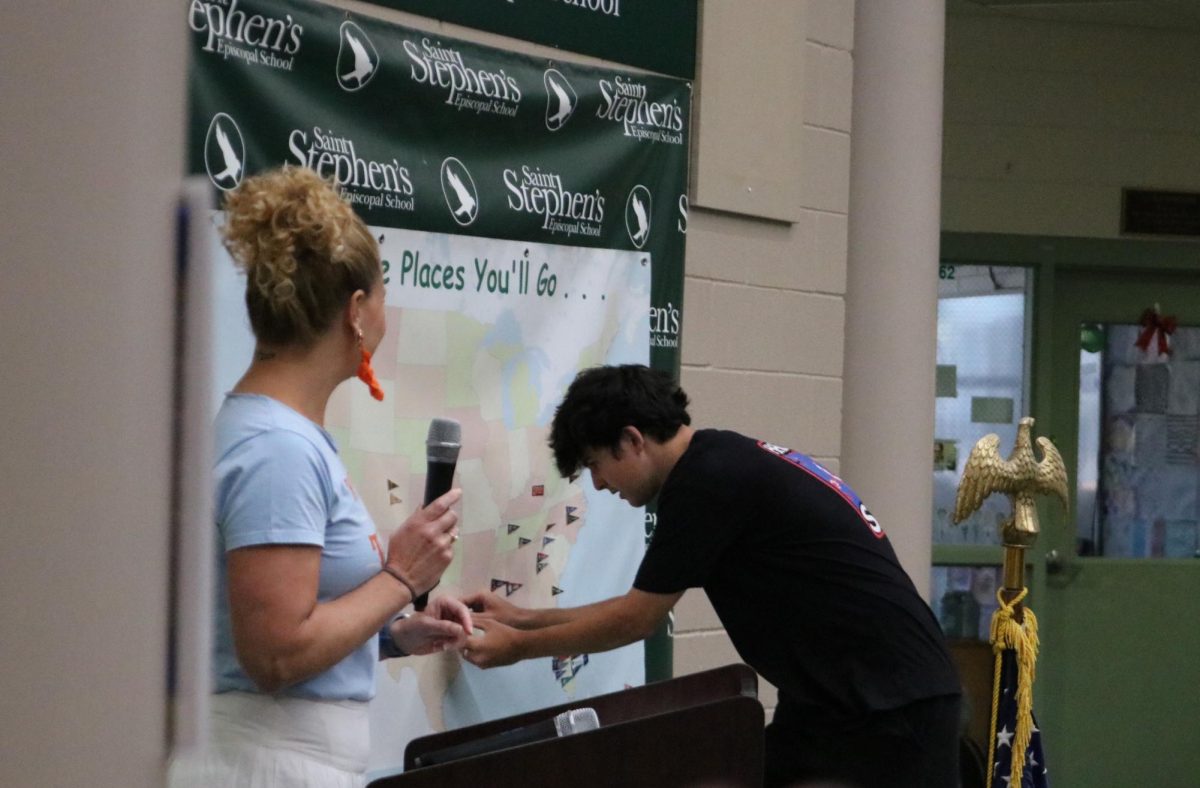

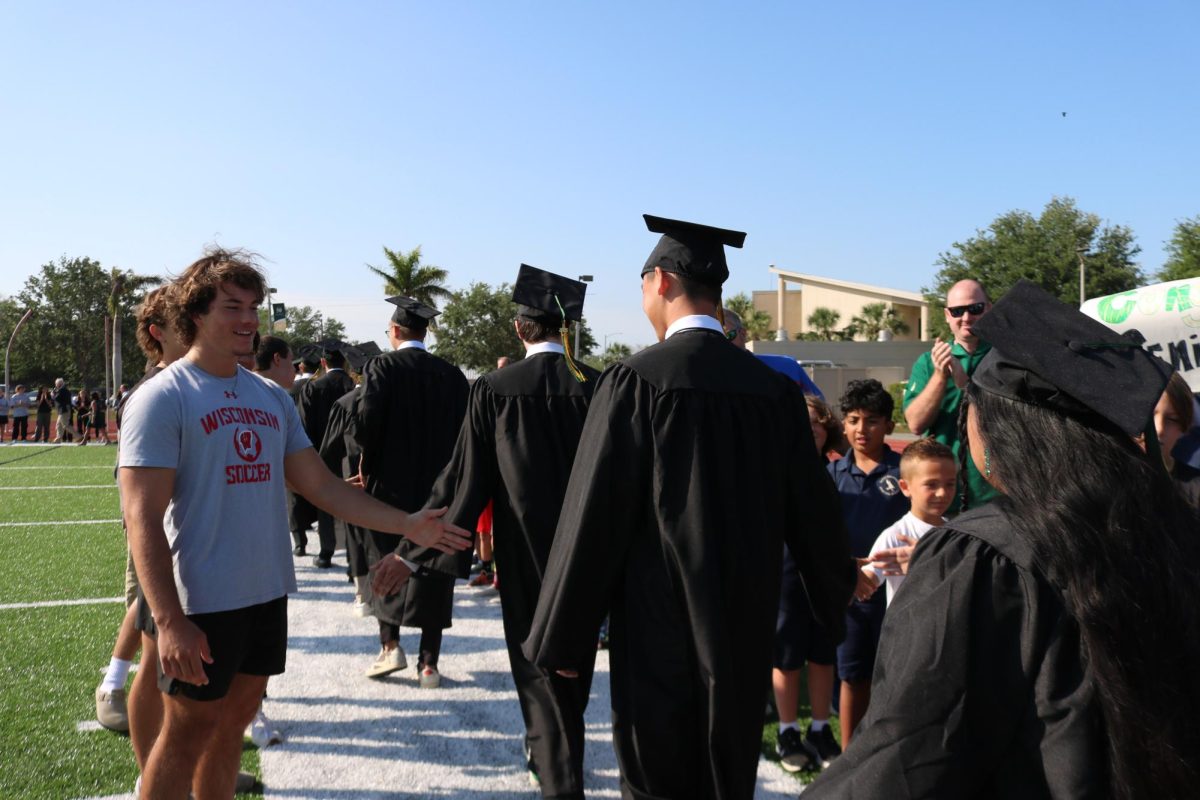



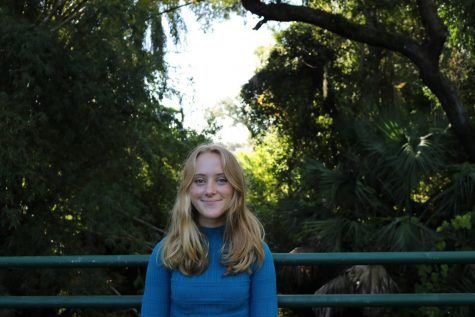
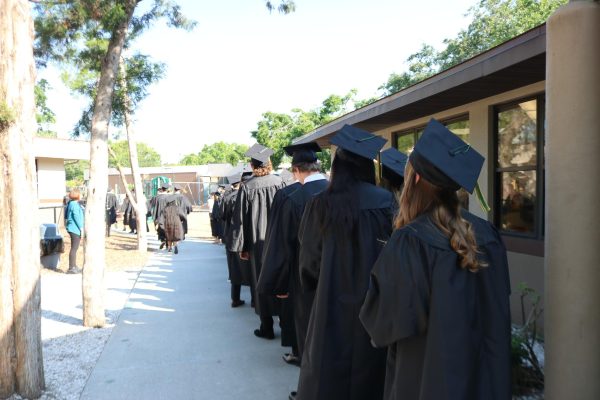
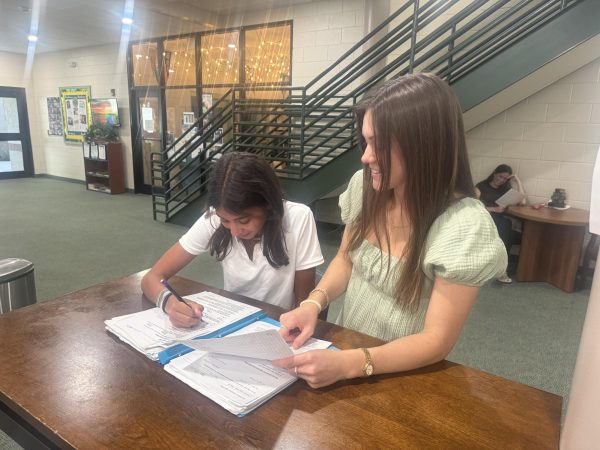

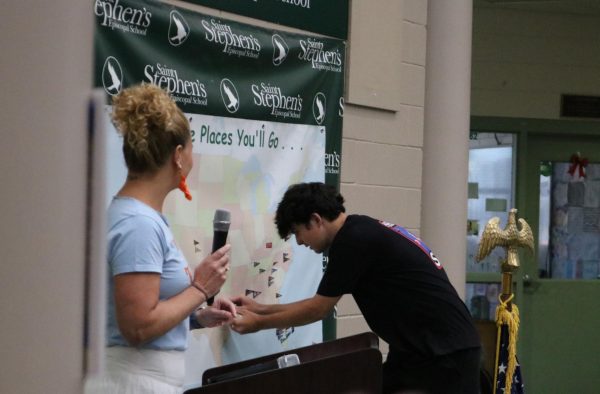

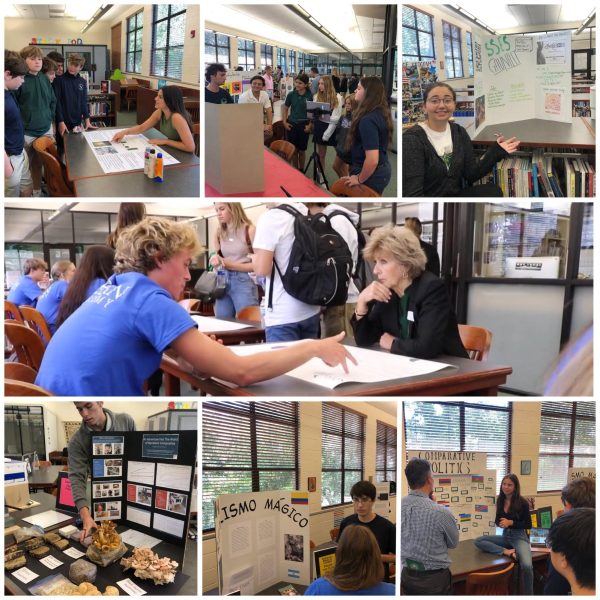


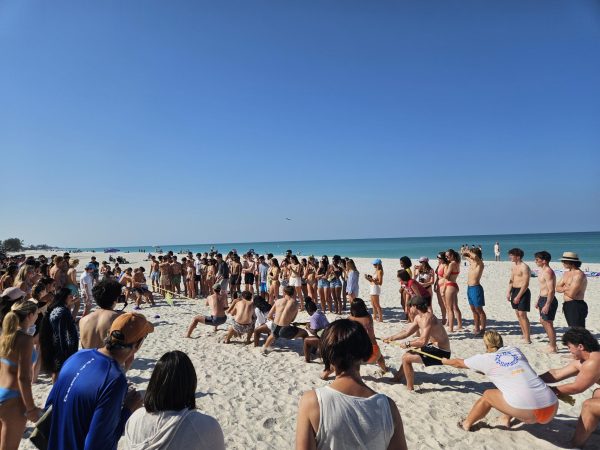
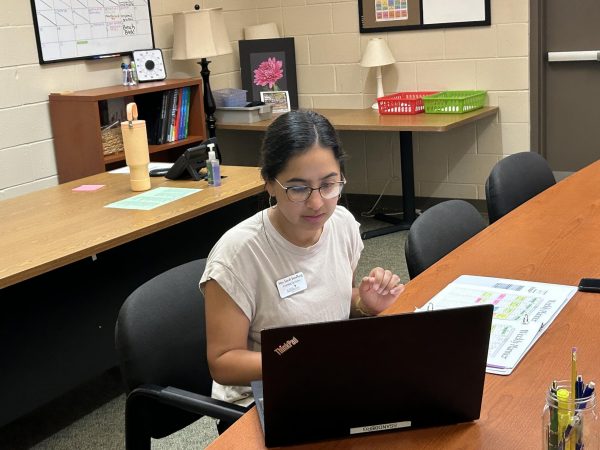
Klaus Hegnby • May 4, 2022 at 10:58 am
Dear Sanna Lexhed
Your global director Mrs Jennifer Hanbrick has sent your brilliant article to me.
I must say that your article made me so happy. Your article completely embraces what exhanges are about.
Being the international coordinator at Eisbjerghus Internationale Efterskole I had the unique chance to visit your School for the 2nd time in November 2019 with Mathilde and 5 other Danish students. Our vist was one big success from the moment we entrered SSES. Danish students and you and the 5 other hosts bonded from the very beginning of our visit.
The first time I visited SSES was in February 2019 because I was on vacation in Clearwater so I drove Down to Bradenton as I had a good contact with Mrs Hanbrick after we met st a conference in Tokyo in July 2018.
SSES has been on my mind ever since and I sincerely hope that our two schools can develope a long term Exchange program.
I do hope that I will be able to visit SSES in November 2022.
Best regards
Klaus Hegnby
Teacher and international Ciordinator at
Eisbjerghus Internationale Efterskole
Denmark.